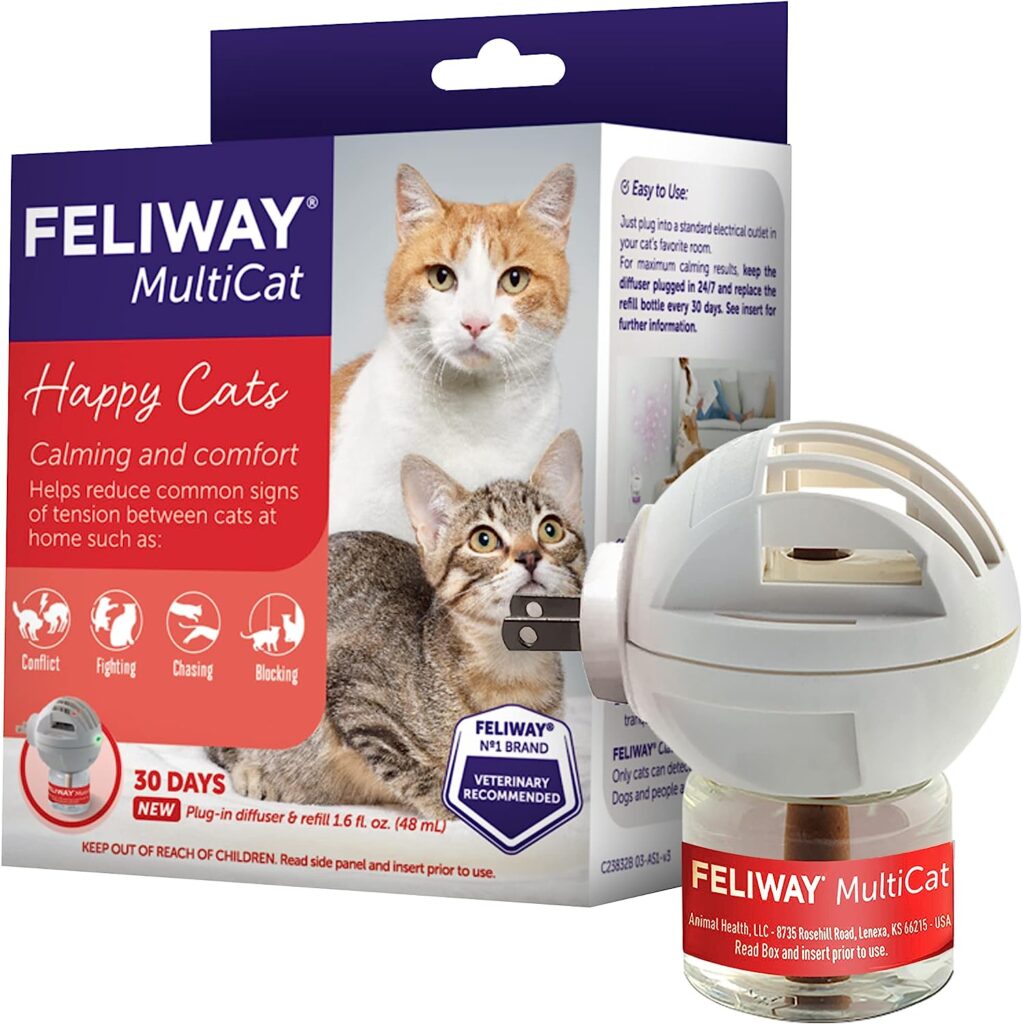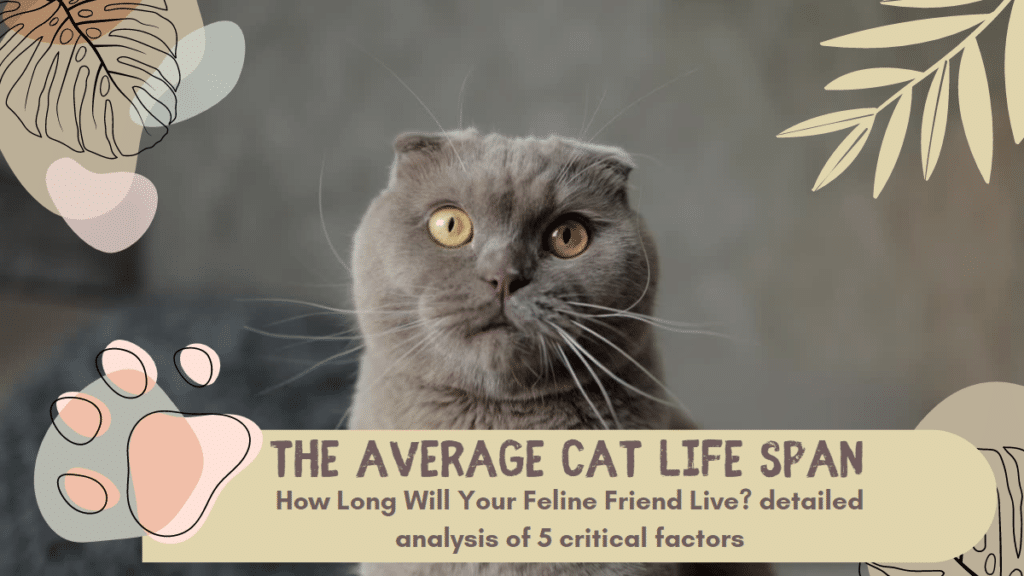Introduction
How Often Do You Take a Cat to the Vet? Caring for your feline friend involves more than just providing food and a cozy spot to nap. Regular veterinary care is essential to ensure your cat’s well-being and longevity. But how often should you take your cat to the vet? In this guide, we’ll delve into the factors that influence the frequency of vet visits, share insights on cat health, and provide answers to common questions.
How Often Do You Take a Cat to the Vet?
Regular veterinary visits are crucial for maintaining your cat’s health. Most experts recommend scheduling an annual checkup for adult cats. However, the ideal frequency can vary based on factors such as age, breed, and overall health.
Factors Affecting Vet Visits
Several factors determine how often you should take your cat to the vet:
- Age: Kittens require more frequent visits, usually every 3-4 weeks until they are about 4 months old. Adult cats typically benefit from annual checkups.
- Breed: Some breeds are more prone to certain health issues. Discuss breed-specific needs with your vet.
- Health History: Cats with chronic conditions or a history of health problems may need more frequent monitoring.
- Indoor vs. Outdoor: Outdoor cats may encounter more risks, warranting more regular checkups.
- Vaccination Status: Cats should receive core vaccinations, often requiring booster shots every 1-3 years.

Essential Cat Health Insights
Maintaining your cat’s health involves more than just vet visits. Here are some key areas to focus on:
Nutrition: Feeding Your Feline Friend
Proper nutrition plays a vital role in your cat’s well-being. Provide a balanced diet that meets your cat’s age, size, and activity level. Consider consulting your vet for dietary recommendations and portion control.
Dental Care: Beyond the Whiskers
Dental health is often overlooked but is crucial for your cat’s overall health. Dental problems can lead to various issues, including heart and kidney diseases. Regularly brush your cat’s teeth and provide dental treats or toys.
Grooming: Fur and Beyond
Regular grooming not only keeps your cat looking stylish but also helps prevent hairballs and skin issues. Brush your cat’s coat to reduce shedding and prevent matting. Additionally, keep an eye out for any changes in your cat’s skin or fur.
FAQs about Cat Vet Visits
Can I skip vet visits if my cat seems healthy?
While your cat may appear healthy, underlying issues can be hard to detect. Regular vet visits help identify problems early and ensure your cat’s well-being.
What should I expect during a vet visit?
A typical vet visit involves a thorough physical examination, vaccinations if due, parasite control, and discussions about your cat’s health and behavior.
Is it necessary to vaccinate my indoor cat?
Yes, indoor cats should still receive core vaccinations. Even though they have limited exposure, vaccines provide essential protection against preventable diseases.
How do I handle my cat’s fear of vet visits?
Gradually acclimate your cat to the carrier and car rides. Use positive reinforcement, treats, and familiar bedding to create a sense of security.
What are common signs of illness in cats?
Watch out for changes in appetite, litter box habits, energy levels, or any unusual behaviors. Excessive grooming, vomiting, or diarrhea could also indicate a problem.
Can I find affordable vet care options?
Yes, research local clinics, animal shelters, and pet insurance plans for cost-effective options. Preventive care can save money by avoiding more serious issues.
Conclusion
Regular veterinary care is the cornerstone of a healthy and happy life for your feline companion. By understanding how often you should take a cat to the vet and following the guidelines provided, you’ll be well-equipped to provide the best care possible for your furry friend.
You May Also Like: Understanding Hypoallergenic Cat Allergies. 4 important Factors to Consider

